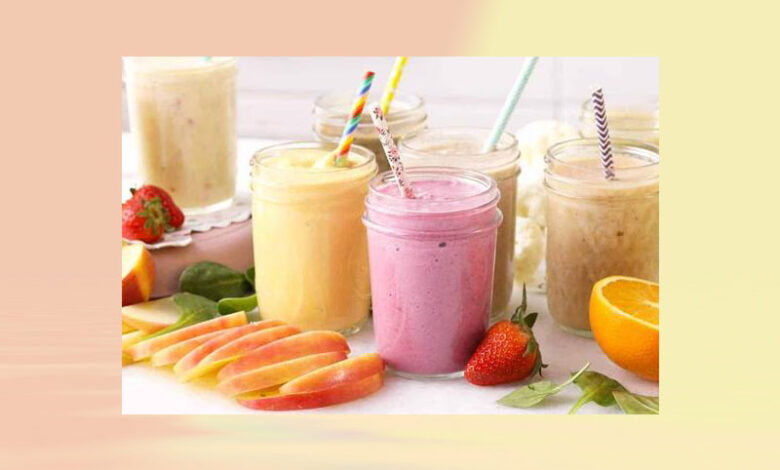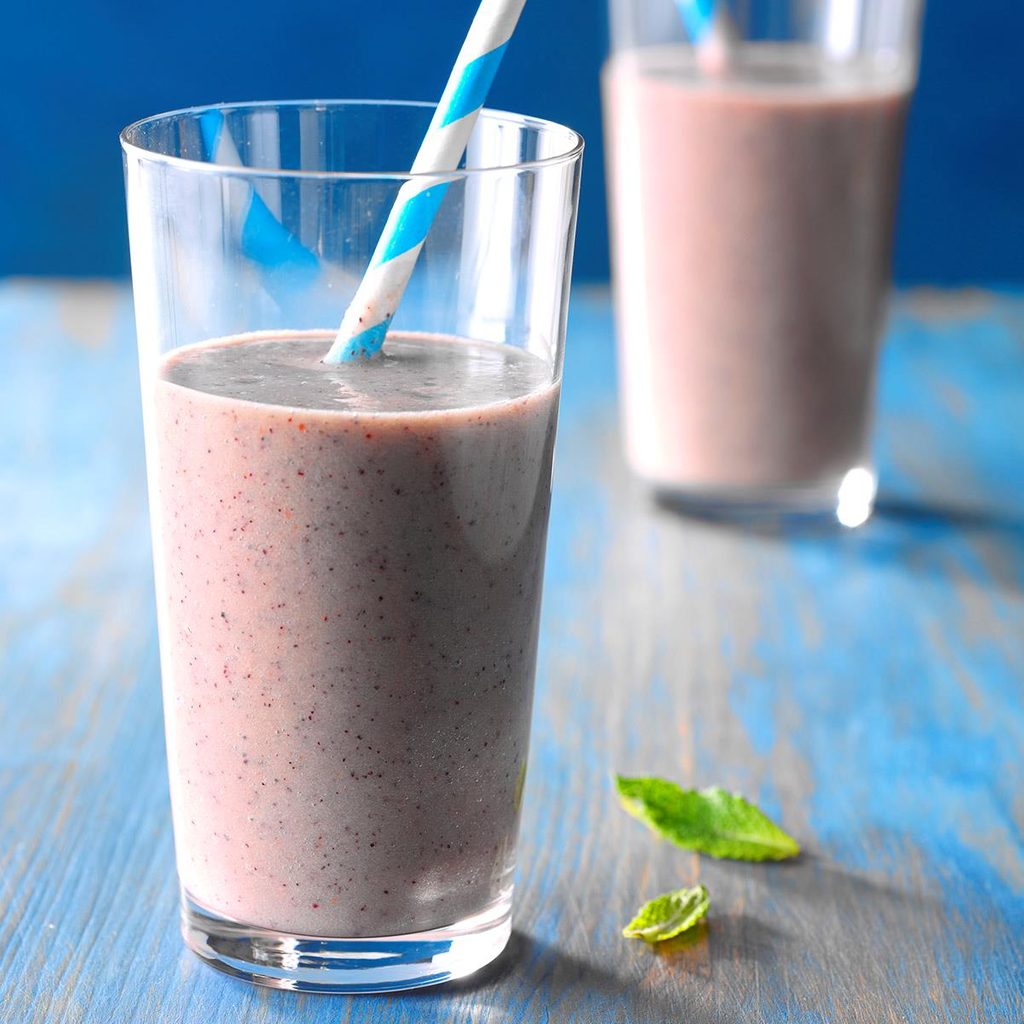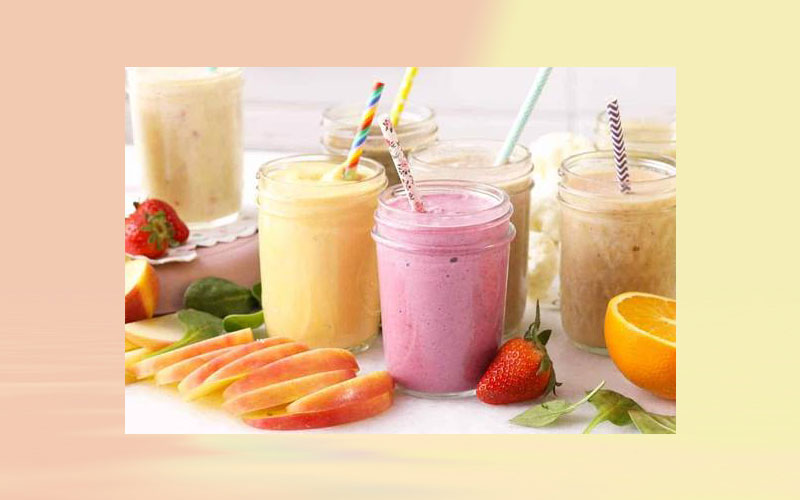
The Truth About Smoothies: Hype or Health Halo?
The truth about smoothies: are they the ultimate health food or just a trendy way to consume sugar? Smoothies have become a staple in many diets, often touted as a quick and easy way to get your daily dose of fruits and vegetables.
But are these claims true, or are smoothies just another fad disguised in a fancy blender? Let’s delve into the world of smoothies, exploring the good, the bad, and the potentially misleading aspects of this popular beverage.
This blog post will explore the often-overlooked aspects of smoothies, addressing common misconceptions and providing practical tips for making informed choices. We’ll dive into the nutritional value of smoothies, the hidden sugar content, the importance of ingredient quality, and the role of smoothies in weight management and specific dietary needs.
By the end, you’ll have a clearer understanding of how to make smoothies work for you, not against you.
The Sugar Trap
Smoothies, often touted as healthy and convenient, can sometimes be a sneaky source of added sugar. While fruits naturally contain sugar, the added sugars in many commercially prepared smoothies can quickly sabotage your healthy intentions. Let’s delve into the sweet truth about sugar in smoothies.
Let’s be real, smoothies are often marketed as healthy, but they can easily pack in a ton of calories and sugar. It’s important to remember that moderation is key, even when it comes to “healthy” foods. Check out these strategies for eating in moderation to help you stay on track with your goals.
Ultimately, smoothies can be a part of a balanced diet, but they shouldn’t be your only source of nutrition.
Sugar Sources in Commercial Smoothies
Commercially prepared smoothies can be loaded with added sugar, often disguised in various forms. Here are some common culprits:
- Added Sugars:Many smoothies contain added sugars like high-fructose corn syrup, cane sugar, or agave nectar, which contribute to unnecessary calories and potential health risks.
- Sweetened Yogurt:While yogurt provides protein and calcium, many flavored varieties are packed with added sugar.
- Fruit Juices:While fruit juices offer some vitamins, they are often concentrated sources of sugar, lacking the fiber found in whole fruits.
- Sweeteners:Artificial sweeteners like sucralose or stevia may seem like a sugar-free alternative, but they can still impact your taste buds and potentially disrupt your gut microbiome.
Sugar Content in Different Smoothie Types
The sugar content of smoothies can vary widely depending on the ingredients and proportions. Here’s a general comparison:
- Fruit-Based Smoothies:These smoothies, primarily made with fruits, can be high in natural sugars. A 16-ounce fruit-based smoothie can contain 40-50 grams of sugar, exceeding the recommended daily intake for many adults.
- Protein Smoothies:These smoothies often include protein powder, which can be a good source of protein, but they also frequently contain added sugars to enhance taste. A 16-ounce protein smoothie can contain 25-35 grams of sugar.
- Green Smoothies:While green smoothies are often perceived as healthier, they can still contain added sugars from ingredients like fruit juices or sweetened yogurt. A 16-ounce green smoothie can contain 15-25 grams of sugar.
Making Healthier Smoothies with Less Added Sugar
Fortunately, you can enjoy delicious and nutritious smoothies without the sugar overload. Here are some tips for making healthier choices:
- Choose Whole Fruits:Prioritize whole fruits over fruit juices to benefit from fiber, which slows down sugar absorption.
- Opt for Unsweetened Ingredients:Select unsweetened yogurt, protein powder, and milk alternatives.
- Add Natural Sweeteners:If you need a touch of sweetness, use natural sweeteners like dates, bananas, or a small amount of honey sparingly.
- Balance Flavors:Incorporate leafy greens, vegetables, and spices to add flavor and nutrition without relying on added sugar.
- Read Labels Carefully:Pay close attention to the sugar content of all ingredients, including protein powders, yogurts, and fruit juices.
Beyond the Blend
Smoothies are a popular and convenient way to get a quick dose of nutrients. But beyond the appealing colors and textures, it’s essential to understand the ingredients that go into your daily blend. This exploration will delve into the benefits and drawbacks of popular smoothie ingredients, equipping you with the knowledge to create healthy and balanced blends.
Understanding Ingredient Categories
A balanced smoothie typically incorporates various ingredients to provide a diverse range of nutrients. Here’s a breakdown of common categories and their nutritional profiles:
| Category | Nutritional Profile | Examples |
|---|---|---|
| Fruits | Rich in vitamins, minerals, antioxidants, and fiber. However, they can also be high in natural sugars. | Berries, bananas, mangoes, apples, oranges |
| Vegetables | Excellent sources of vitamins, minerals, fiber, and antioxidants. | Spinach, kale, cucumbers, celery, carrots |
| Protein Powders | Provide a concentrated source of protein, which can aid in muscle recovery and satiety. | Whey protein, soy protein, pea protein, brown rice protein |
| Nut Butters | Good sources of healthy fats, protein, fiber, and vitamins. | Almond butter, peanut butter, cashew butter |
| Seeds and Nuts | Offer a variety of nutrients, including healthy fats, protein, fiber, and vitamins. | Chia seeds, flaxseeds, almonds, walnuts |
| Liquids | Provide hydration and can help to blend ingredients. | Water, milk, almond milk, coconut water |
Choosing High-Quality Ingredients
Making informed choices about your smoothie ingredients is crucial. Here’s a guide for selecting high-quality options:
- Prioritize Whole Foods:Base your smoothies on whole fruits and vegetables whenever possible. Opt for fresh, frozen, or dried options, avoiding overly processed ingredients.
- Read Labels Carefully:When choosing protein powders, nut butters, or other supplements, scrutinize the ingredient list. Look for minimal processing and the absence of artificial additives, sweeteners, or fillers.
- Choose Organic When Possible:Opting for organic produce can help minimize exposure to pesticides and herbicides.
- Consider Sustainability:Choose ingredients sourced locally or from companies committed to sustainable practices.
Avoiding Artificial Additives
While smoothies offer a convenient way to consume nutrients, it’s essential to be mindful of artificial additives that can negatively impact your health. Here’s what to avoid:
- Artificial Sweeteners:These include sucralose, aspartame, and saccharin, which have been linked to various health concerns.
- Artificial Colors and Flavors:These are often derived from synthetic chemicals and can contribute to allergic reactions and other health problems.
- Preservatives:These are used to extend shelf life but can have adverse effects on gut health and overall well-being.
Smoothies and Weight Management: The Truth About Smoothies
Smoothies have gained immense popularity as a quick and convenient meal or snack option. But when it comes to weight management, the question arises: can smoothies actually help you shed pounds or maintain a healthy weight? This section delves into the complexities of smoothies and their role in weight management, separating fact from fiction.
Calorie Content of Smoothies
The calorie content of a smoothie can vary significantly depending on the ingredients used. A smoothie packed with fruits, vegetables, and protein powder can be a nutritious and filling option, but it can also be high in calories, especially if you add in sugary ingredients like honey, agave, or fruit juices.
It’s important to be mindful of the calorie content of your smoothie, just as you would be with any other meal or snack.
Let’s be real, smoothies can be healthy, but they’re often packed with hidden sugar and calories. If you’re looking to cut back, check out these easy ways to cut up to 500 calories a day. You can still enjoy a smoothie, just be mindful of the ingredients and portion sizes.
After all, the truth about smoothies is that they can be a delicious and nutritious way to start your day, but they’re not a magic bullet for weight loss.
Tips for Creating Satiating Smoothies for Weight Management
- Prioritize Protein and Fiber:Including protein and fiber in your smoothie can help increase satiety and keep you feeling fuller for longer. Good sources of protein include protein powder, Greek yogurt, nut butter, and chia seeds. High-fiber fruits and vegetables like berries, spinach, and bananas can also contribute to a more filling smoothie.
- Control Added Sugars:While fruits naturally contain sugar, it’s essential to limit added sugars like honey, agave, and fruit juices. These can quickly increase the calorie content of your smoothie and sabotage your weight management efforts. Instead, opt for natural sweeteners like stevia or a small amount of unsweetened cocoa powder for a touch of sweetness.
Let’s be honest, smoothies are often marketed as health halos, but sometimes they’re just sugar bombs in disguise. If you’re looking for a real workout, ditch the blender and hit the stairs! Check out these 5 reasons to love the stairclimber – it’s a fantastic way to burn calories and build strength.
Back to smoothies, the key is to choose whole fruits and veggies, skip the added sugar, and enjoy in moderation.
- Use Whole Fruits and Vegetables:Choosing whole fruits and vegetables over juices helps retain fiber, which is crucial for promoting satiety. Juices often lack the fiber found in whole fruits, making them less filling and potentially contributing to blood sugar spikes.
- Mind Your Portion Sizes:Smoothies can be deceptively calorie-dense. Be mindful of your portion sizes and aim for a smoothie that’s roughly the size of a regular meal or snack. If you find yourself craving more, consider adding a small handful of nuts or seeds for added texture and satiety.
Smoothies: A Quick Fix or a Lifestyle Choice?

The smoothie craze has taken the world by storm, promising a quick and easy way to fuel our bodies with nutrients. But are smoothies just a temporary fix or a sustainable part of a healthy lifestyle? Let’s explore the role of smoothies in a balanced diet and discover how they can fit into our daily routines.
Smoothies in a Balanced Diet
Smoothies can be a valuable addition to a balanced diet, providing a convenient way to incorporate fruits, vegetables, and other nutrient-rich ingredients. They can be a great source of vitamins, minerals, fiber, and antioxidants. However, it’s crucial to remember that smoothies are not a replacement for whole foods.
- Benefits of Smoothies:
- Nutrient-rich:Smoothies can pack a powerful punch of vitamins, minerals, and antioxidants from fruits, vegetables, and other ingredients like leafy greens, nuts, and seeds.
- Convenient:They are quick and easy to prepare, making them ideal for busy mornings or post-workout recovery.
- Versatility:Smoothies can be customized to suit individual dietary needs and preferences, making them a versatile meal or snack option.
- Importance of Whole Foods:
- Fiber:Whole fruits and vegetables provide more fiber than their blended counterparts, which is essential for digestive health and satiety.
- Chewing:The process of chewing stimulates saliva production and helps with digestion.
- Mindful Eating:Eating whole foods encourages mindful eating, allowing us to savor flavors and appreciate the textures of our food.
Convenience of Smoothies, The truth about smoothies
Smoothies offer a convenient alternative to traditional meals, especially for those with busy schedules. They can be prepared in advance and taken on the go, making them a practical option for breakfast, lunch, or a post-workout snack. However, it’s important to consider the potential downsides of relying solely on smoothies for convenience.
- Pros:
- Time-Saving:Smoothies are quick and easy to prepare, especially when using pre-cut fruits and vegetables or frozen ingredients.
- Portability:They can be easily transported in a blender bottle or to-go cup, making them ideal for busy lifestyles.
- Customization:You can adjust the ingredients and proportions to suit your dietary needs and preferences.
- Cons:
- Lack of Fiber:Blending fruits and vegetables can reduce their fiber content, which is essential for satiety and digestive health.
- Potential for Sugar Overload:Smoothies can be high in sugar, especially if they include added sweeteners or fruit juices.
- Nutrient Loss:The blending process can destroy some nutrients, particularly heat-sensitive vitamins.
Incorporating Smoothies into a Sustainable Lifestyle
To make smoothies a sustainable and enjoyable part of your diet, consider these tips:
- Balance:Don’t rely solely on smoothies for your meals. Incorporate them as a supplement to a balanced diet rich in whole foods.
- Ingredient Quality:Choose fresh, whole fruits and vegetables whenever possible. Avoid using processed ingredients, artificial sweeteners, and excessive amounts of fruit juice.
- Portion Control:Limit smoothie portions to a reasonable size, especially if you are concerned about sugar intake.
- Variety:Experiment with different ingredients and recipes to keep your smoothies interesting and prevent boredom.
- Mindful Consumption:Enjoy your smoothies slowly and savor the flavors, rather than rushing through them.
Closure

So, are smoothies a health halo or just hype? The answer, as with most things in life, is nuanced. While smoothies can be a convenient and nutritious way to get your fruits and vegetables, they are not a magical solution for good health.
By understanding the potential pitfalls and making informed choices about ingredients and sugar content, you can enjoy smoothies as part of a balanced and healthy lifestyle. Remember, moderation is key, and always prioritize whole foods whenever possible. The journey to good health is about making informed choices, and this blog post is just one step on that path.

